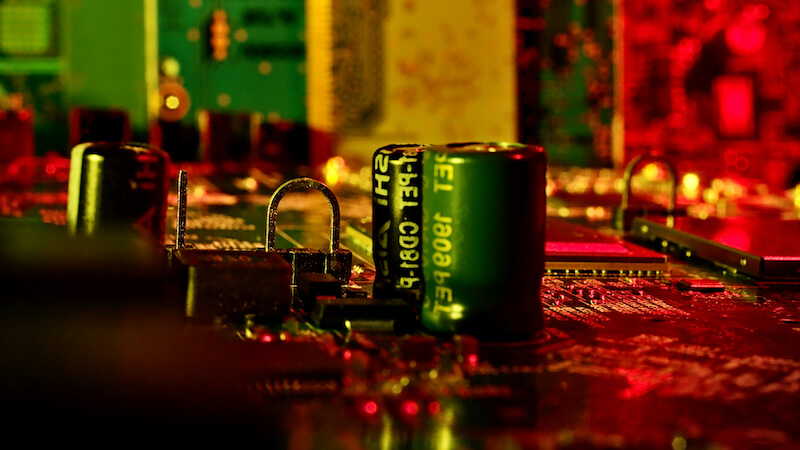
Researchers recently made further advances in antiferroelectric materials, paving the way for the development of even better devices.
Electrical devices have been getting smaller and smaller in recent years. Engineers and scientists are now building miniature electrical components and are continually demonstrating new records. The materials chosen play a crucial role.
Researchers from Rice University and UC Berkeley came across this issue recently on a new discovery. They demonstrated that miniaturized antiferroelectric materials, especially lead zirconate, have a significantly higher electromechanical response compared to conventional piezoelectric materials.
This discovery could lead to the development of more efficient and powerful miniaturized electronic devices. Such materials easily convert electrical voltage, which forms the basis of many modern devices.
Antiferroelectric materials are only 100 nanometers thick
Antiferroelectric materials, such as the model material lead zirconate, exhibit an electromechanical response that is up to five times greater than that of conventional piezoelectric materials. This applies even to films that are only 100 nanometers thick. The study shows that these materials work much better at tiny dimensions because the so-called “clamping” does not affect them.
This phenomenon occurs when materials at the miniature level lose their performance because the substrate inhibits them. Using a state-of-the-art transmission electron microscope, the researchers were able to observe the nanoscale shape change of the material in real time.
It was found that the crystal structure of the material is stretched by applied electrical voltage, causing a large electromechanical response. Surprisingly, in this case clamping actually enhances the material performance.
More efficient and powerful devices as a possible result
The research could enable the development of smaller and more powerful electromechanical devices such as microelectromechanical systems (MEMS) and nanoelectromechanical systems (NEMS). These devices could use less energy and perform functions that were previously considered impossible.
The discovery is the result of years of work on related materials and the development of new techniques to study them. The research results now presented have the potential to influence next-generation electronics and pave the way for innovative technologies. More efficient and powerful everyday devices would be a possible consequence.
Also interesting:
- These 10 household appliances use the most energy
- “Stolen Device Protection”: How to activate theft protection for your iPhone
- Dye-sensitized solar cells provide energy to devices in rooms
- Illegal Christmas presents: Network agency warns against smart devices
The post Antiferroelectric materials: Researchers discover the key to more powerful devices by Felix Baumann appeared first on BASIC thinking. Follow us too Facebook, Twitter and Instagram.